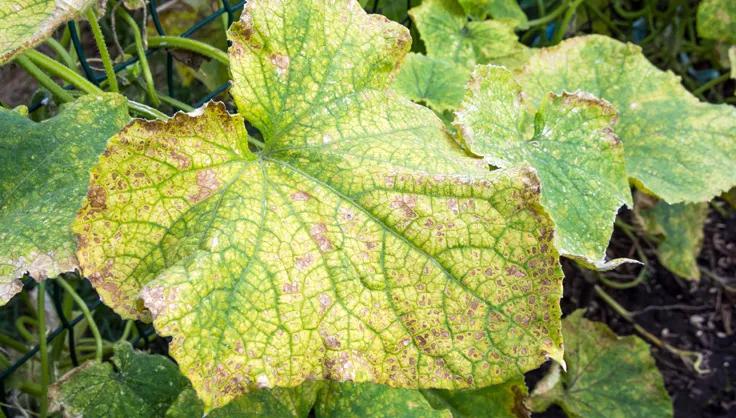Angular Leaf Spot

The bacterium overwinters in the soil on seeds and plant residues, and is spread by rain splash and wind. Angular leaf spot is especially prevalent in warm, humid climates.
Prevention and Control
- Plant vegetable varieties that are well-suited to your particular climate, and when possible, choose varieties such as Olympian cucumber that are resistant to angular leaf spot.
- Practice a two- or three-year crop rotation of cucumbers and other squash-family crops to break the disease cycle.
- Prevent the spread of disease by destroying infected plants and any that are in close proximity to them.
- Splashing water spreads bacteria. Avoid overhead watering and use drip irrigation or soaker hoses to keep foliage as dry as possible. Avoid working in garden when plants are wet.
- Avoid overfertilizing; excess nitrogen produces tender growth that is more vulnerable to infection
Print this Article:
Get the Dirt
Stay up to date on new articles and advice. Please fill out the information below.
